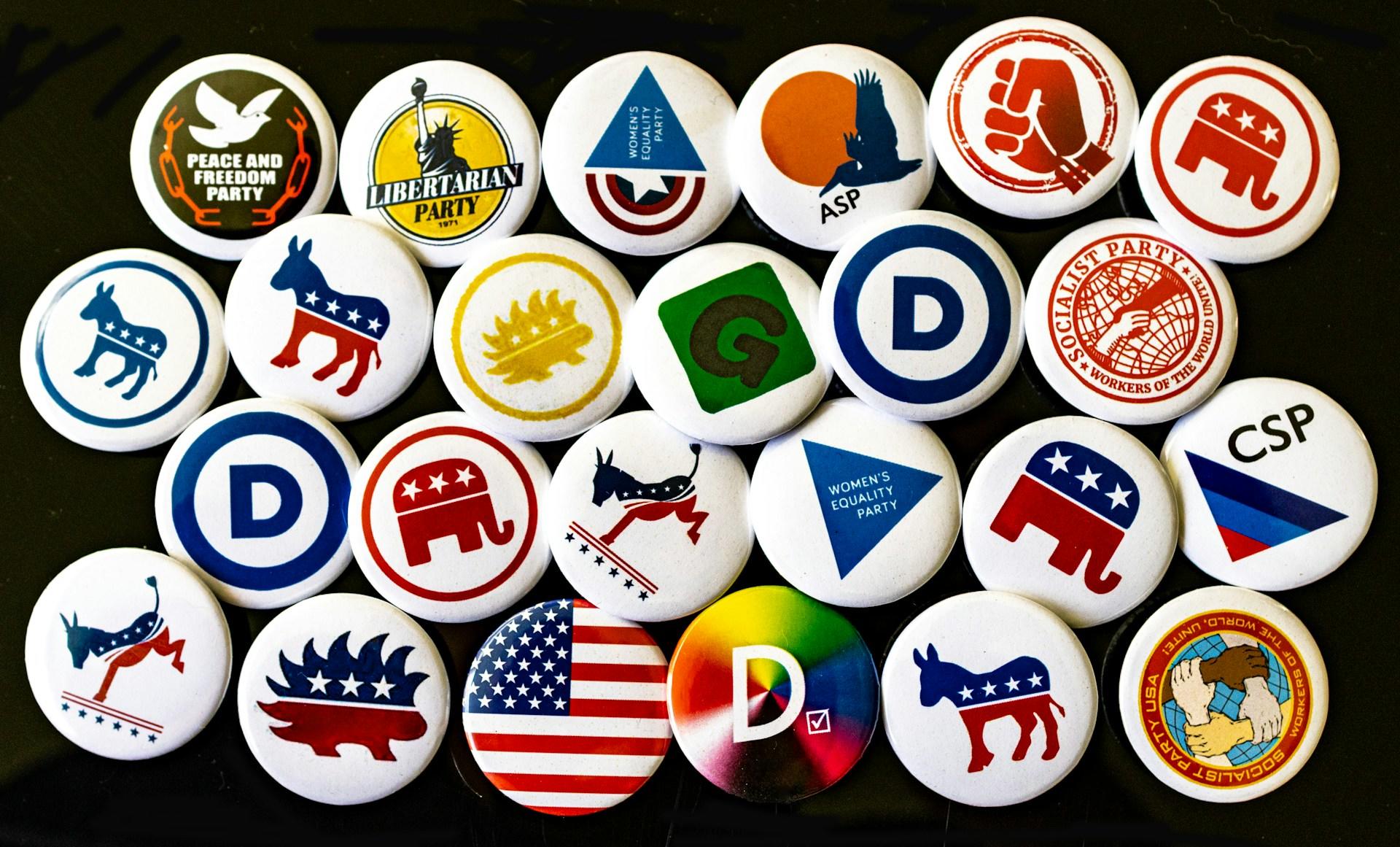All over the world, countries shape their government systems in the way that best suits their culture, building new and improved forms of government out of the historical political structures. However, the political system of the United States looks a lot different from many other contemporary countries with similar societies. Why does the US only have two major political parties, and how does our system of government work?
🇺🇸 In this article, we'll explore
- How political parties came to be
- How they influence the government today
- Compare different governmental aspects from other countries

What Is a Political Party?
Before we dive into the details of why political parties are the way they are in the United States, we first need to understand what a political party even is.
A political party is an organization made of a group of people with shared political beliefs and goals. The main goals of political parties are to gain and hold power in government by nominating candidates for public office, influencing policy, and mobilizing voters to support their platform in elections.
How Do Political Parties Operate?
Political parties are made up of politicians, activists, and voters, all working together for the common goal of having that political party control the government.
The organization exists in a formal way so that individual voters and politicians can all band together across the nation to pursue common interests, like enacting policies that are friendlier to business owners, for example.
2028 Presidential Election
November 7, 2028 12:00 am
The 61st president will be elected.
Politicians at every level of government who declare themselves to be part of a particular party all get to share resources like knowledge, databases, brand recognition, and support from well-known members of the party. They may additionally get access to a staff of people like campaign managers, speech writers, advisors, logistical and administrative specialists, marketers and advertisers, public relations specialists, and more.
As a voter, you can become involved in a political party by registering as a supporter of that party on your voter registration, and volunteering with your local party’s chapter.
As a political candidate, there may be different requirements depending on where you live for you to be able to declare yourself an official political member of the party. Check with your local party office to find out more.
Political parties are groups of people with a similar set of ideas about governmental policies who work together to try to gain influence in the government.
What Is the Purpose of Political Parties?
Political parties currently serve many inherent purposes.
The party can help facilitate politics by:
- Recruiting candidates
- Nominating candidates
- “Get out the vote”
- Facilitating electoral choices
- Influencing the national government
Party organizations recruit candidates with a safe personal and professional background who will be good representatives of the party. Additionally, these candidates will need assistance in campaigning, raising money, organizing, and getting backing in elections (nominations).
It’s extraordinarily difficult to get any type of recognition as a politician without support from an established political party. If nobody takes you seriously, how can you get elected to office? Smaller politicians may find some success in local positions, but even then, people will be less likely to vote for someone if they don’t understand what political affiliation they hold. Belonging to a political party gives a politician brand recognition.
Political parties, because they have millions of followers nationwide and are trusted organizations, have the ability to advertise all over the country encouraging people to register to vote and show up at the polls.
We’ll talk more about this later in the article, but political parties also have a lot of sway in how nominations and electoral choices are made at all levels of government, from local to state to federal.
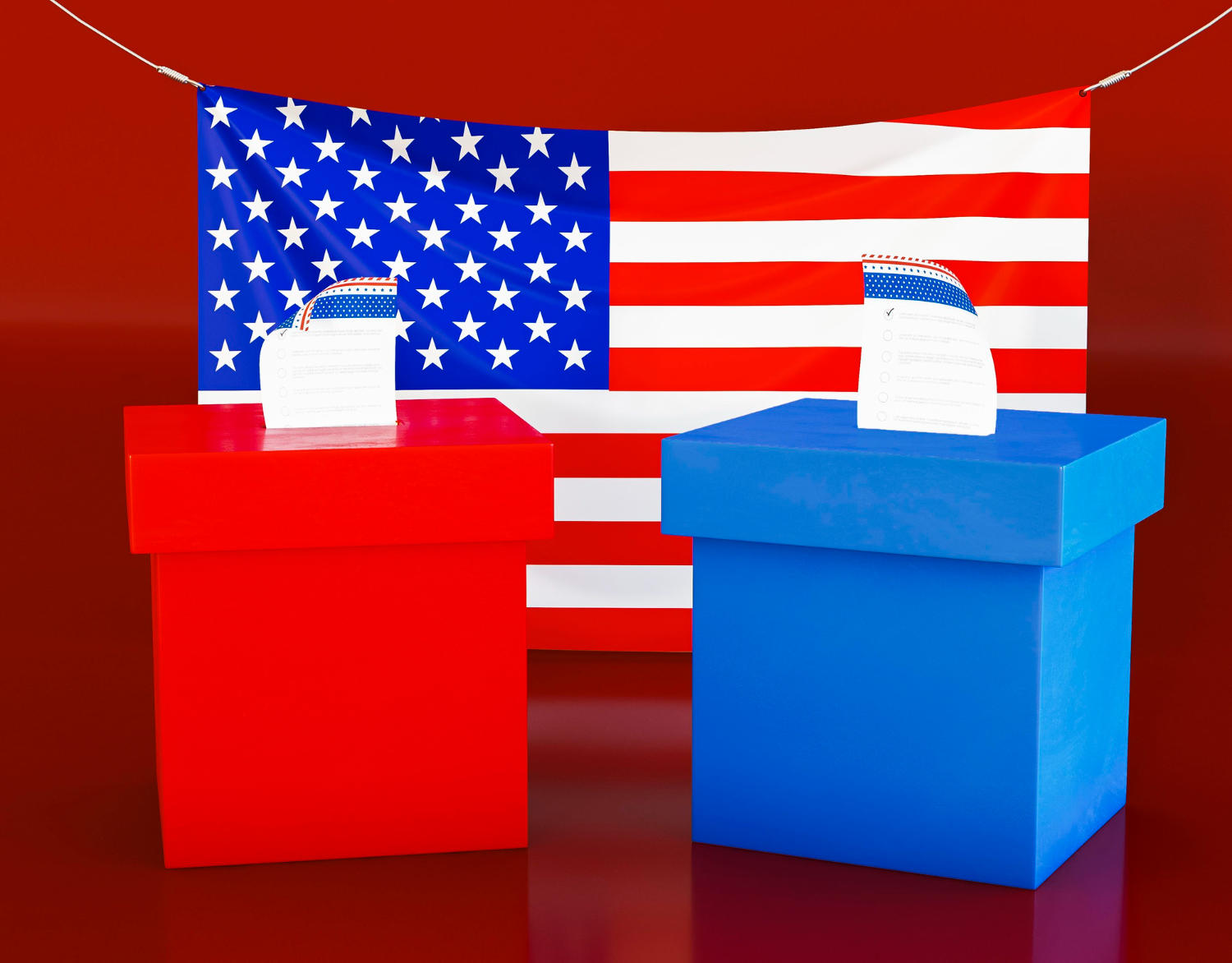

What Type of Political System Does the United States Have?
The United States’ modern political system can be described as a Two-Party System because we effectively only have two parties: the Democratic Party and the Republican Party.
Our government system can be described as a Presidential Republic, which is characterized by a leader with a lot of power, but who is also beholden to other governmental figures. The President of the United States is the Commander-in-Chief of the military in addition to being the head of state and the head of government. But the president must also collaborate with Congress, meaning there is not a complete monarchy.
These two aspects interact heavily in the way a government functions.
Types of Political Systems
The United States is effectively a Two-Party political system. While there are other, smaller political parties in the US as well, they are so small that they don’t really have much of an effect on government at all, which is why we cannot be considered a Multiparty system.
To compare, here are some other types of political systems from around the world:
Multi-Party System
More than two parties have a significant presence in various government organizations from local level to national. These political systems tend to work similarly to the United States, except that there are more ideas being shared and cooperative efforts being made since there are more than two parties.
Countries with this type of system include Argentina, Belgium, Canada, Colombia, Finland, France, Germany, India, Ireland, Mexico, the Netherlands, New Zealand, South Korea, Sweden, Türkiye, and Ukraine.
A two-party system is a type of political system where there are only two major political parties operating in the government.
One Party System
Only one political party is recognized and is able to be in the government. Often, opposing political parties are outlawed.
Countries with this type of government include China, North Korea, Vietnam, Laos, and Singapore. Other notable one-party systems historically included Nazi Germany, the Kingdom of Italy, and the Soviet Union.
Two Party System
Other countries that have a two-party system like the United States include Australia, the Bahamas, Malta, Jamaica, Zimbabwe, and the UK.
It should be noted that, like the US, many of these countries also have smaller political parties, but since they aren’t the main competing political parties, they aren’t really considered. Some countries also have a multi-party system in theory, but in reality, they operate more like a two-party system.
A Brief History of Political Parties and the Political System in the United States
The political system of the United States has its origins in the debates between the Federalists and Anti-Federalists during the country’s early years. Following the American Revolution, the Founding Fathers were cautious about political parties, fearing they might fracture the new nation. However, differences in opinion on how the government should be structured quickly led to the formation of political factions.
However (political parties) may now and then answer popular ends, they are likely in the course of time and things, to become potent engines, by which cunning, ambitious, and unprincipled men will be enabled to subvert the power of the people and to usurp for themselves the reins of government, destroying afterwards the very engines which have lifted them to unjust dominion.
George Washington
In the late 18th century, the first political parties formed: the Federalists, who supported a strong national government, and the Democratic-Republicans, who championed states' rights and a more decentralized government.
Over time, these factions evolved, and by the mid-19th century, the Democratic Party and the Republican Party had emerged as the two dominant political forces.
After the Civil War, the Republican Party became associated with abolitionism and economic development, while the Democratic Party, particularly in the South, was aligned with maintaining segregation and opposing Reconstruction policies.
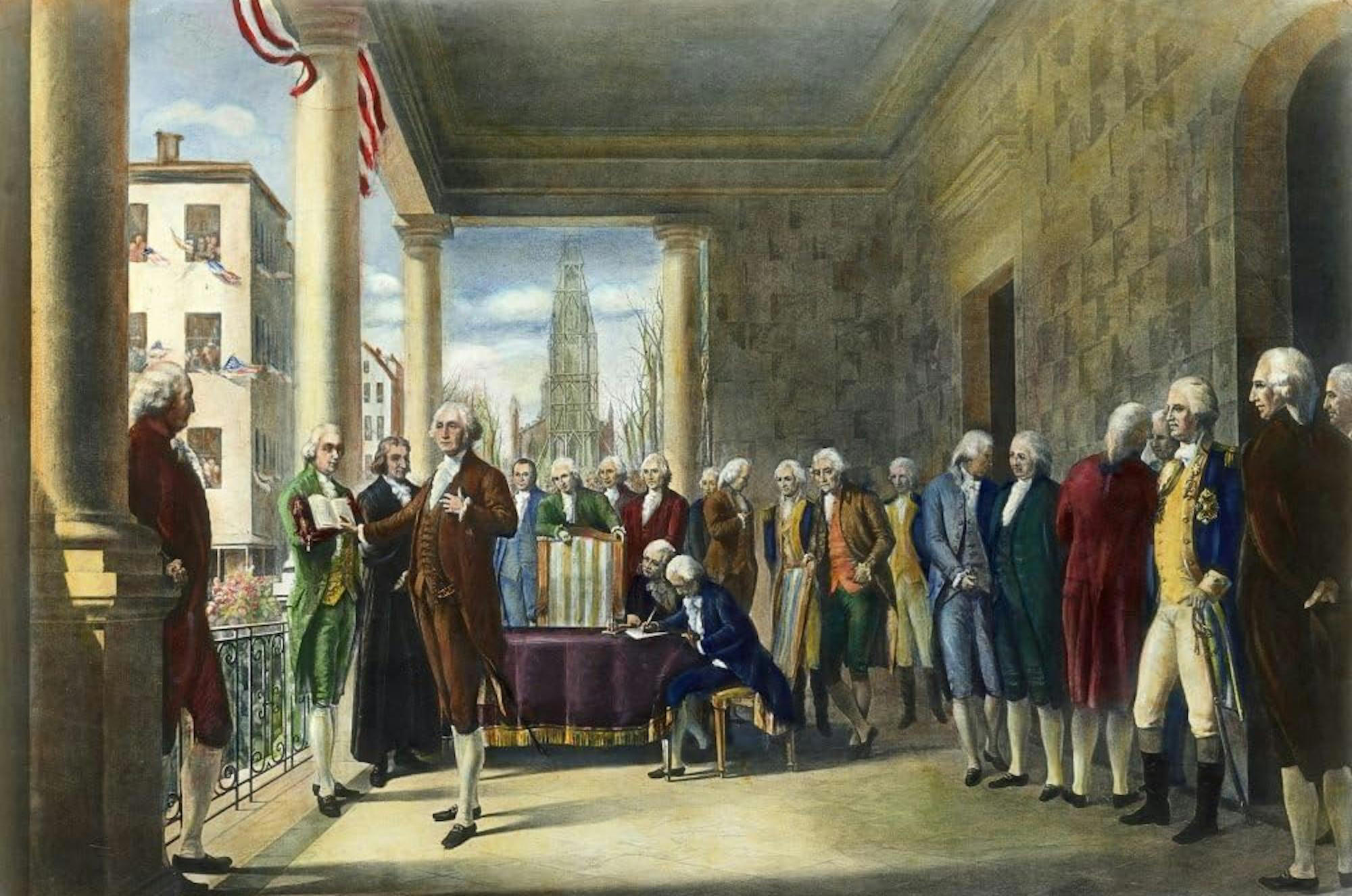
In the 1930s, under President Franklin D. Roosevelt, the Democratic Party embraced progressive policies with the New Deal, advocating for social welfare programs and stronger government intervention in the economy. Meanwhile, the Republican Party became associated with a pro-business, limited government stance, especially in the post-World War II era.
The Difference Between Democratic and Republican Parties
The two main political parties in the US have seemingly opposite beliefs in just about everything. What are the main differences, and how have they changed over time?
Republican vs Democrat Beliefs
Original Republicans
1854
Foundations
Founded in 1854. Was considered liberal.
Pre-Civil War
Northern Values
Most Northerners were Republican. Sought to expand US and use government funds for things like railroads and state universities. Were abolitionists.
Post-Civil War
Abolitionists
Protected formerly-enslaved people; proposed the Reconstruction Amendments
The Change Begins
Wealthy Get Into Politics
War-wealthy northern industrialists get more involved in politics. Stop supporting black Americans and reformations. Became more interested in growing wealth via policies.
Great Depression
Hoovervilles
President Hoover (R) fails to intervene, losing the trust of the working class. Start to see large government as a danger to federalism.
North vs South
Jim Crow Era
Southerners didn’t want government making decisions like the 1964 Civil Rights Act and most southern Democrats convert to Republican.
Over Time...
Changing Ideals
The party is now conservative.
Original Democrats
1828
Foundations
Founded in 1828. Was considered conservative.
Pre-Civil War
Pro-Farmer
Interested in keeping an agrarian society. Anti-central government. Anti-abolitionist.
Post-Civil War
Status Quo
Opposed the Reconstruction Amendments.
Great Depression
The Everyman Needs Assistance
In the wake of Hoover’s disastrous response to the Great Depression, FDR (D) proposes plans for social/government assistance. Start to see large government as a way to help citizens.
North vs South
Civil Rights
Northerners embraced social change like the 1964 Civil Rights Act and most northern Republicans converted to Democrat.
Over Time...
Changing Ideals
The party is now liberal
Other Political Parties in the United States
What are some different types of government parties in the US? Check out this party list to know more about some of the other active political parties currently in the United States (listed in order of date founded).
| Party | Ideology | Founded | 2022 Membership |
|---|---|---|---|
| Democratic | Liberalism | 1828 | 47,194,492 |
| Republican | Conservatism | 1854 | 35,723,389 |
| Communist Party USA | Communism Marxism–Leninism Bill of Rights socialism | 1919 | unknown |
| Workers World | Communism Marxism–Leninism Anti-Imperialism | 1959 | unknown |
| Conservative Party of New York State | Conservatism | 1962 | 164,826 |
| Progressive Labor | Anti-revisionism Stalinism | 1962 | unknown |
| Freedom Socialist | Trotskyism Revolutionary socialism Socialist feminism | 1966 | unknown |
| American Independent | Paleoconservatism | 1967 | 919,567 |
| Peace and Freedom | Socialism | 1967 | 138,238 |
| United Citizens | Progressivism Black nationalism | 1969 | unknown |
| Libertarian | Libertarianism | 1971 | 727,776 |
| Socialist Party USA | Socialism Anti-capitalism Eco-socialism Socialist feminism | 1973 | 8,215 |
| Socialist Action | Trotskyism | 1983 | unknown |
| Socialist Alternative | Marxism Revolutionary socialism Trotskyism | 1986 | unknown |
| Independence Party of New York | Centrism | 1991 | 363,437 |
| Constitution | Paleoconservatism Christian nationalism | 1992 | 154,157 |
| Natural Law | Transcendental Meditation | 1992 | 5,665 |
| Reform | Radical centrism | 1995 | 4,164 |
| Labor | Social democracy | 1996 | unknown |
| Working Families | Social democracy Progressivism | 1998 | 64,680 |
| Legal Marijuana Now | Marijuana legalization | 1998 | 6,684 |
| Green Party | Green politics Eco-socialism | 2001 | 211,550 |
| American Solidarity | Christian democracy | 2001 | unknown |
| Washington Progressive Party | Progressivism | 2002 | unknown |
| Unity | Centrism | 2004 | 3,134 |
| United States Pirate | Pirate politics Civil libertarianism Direct democracy | 2006 | 3000 |
| American Freedom | American nationalism Paleoconservatism Right-wing populism White nationalism Anti-immigration | 2009 | unknown |
| Justice | Progressivism | 2011 | unknown |
| Transhumanist | Libertarian transhumanism Extropianism Technogaianism | 2014 | unknown |
| Working Class | Socialism Progressivism | 2016 | unknown |
| Approval Voting | Electoral reform | 2016 | 4,721 |
| Liberal | Classical Liberalism | 2022 | 31,343 |
| Moderate | Centrism | 2022 | unknown |
It’s important to note that not every listed party operates on the same level; some operate only within one state, and others operate only within a handful of states. Some can appear on ballots (mostly local elections), and others do not appear on any ballots.
There are also many disbanded parties or parties that merged with others, some of which still operate today.
What are the different political parties in US history? They were:
- Federalist Party (1789–1825)
- Democratic-Republican Party (1792–1825) - This party split into the Democratic Party and the National Republican Party
- National Republican Party (1825–1837) - Merged into the Whig Party
- Whig Party (1837–1857)
As you can see, although the US functions as a two party system, there are many other groups with many other ideas waiting on the sidelines for a chance to help shape the nation.
According to political scientists Gunther and Diamond, the four types of political parties are: Elite-based, Mass-based, Catch-all, and Cartel.
What Is the Role of Political Parties in the Government?
The way US politics work as a whole relies heavily on party lines, meaning the connotations associated with parties as well as their stated policies. How does this interact with how the government functions?
What Is the Purpose of the Government?
First, we need to know why we even have a government.
The number one reason governments exist is because it requires a lot of power to oversee a large society of people.
When you have millions of people to lead, government becomes necessary.
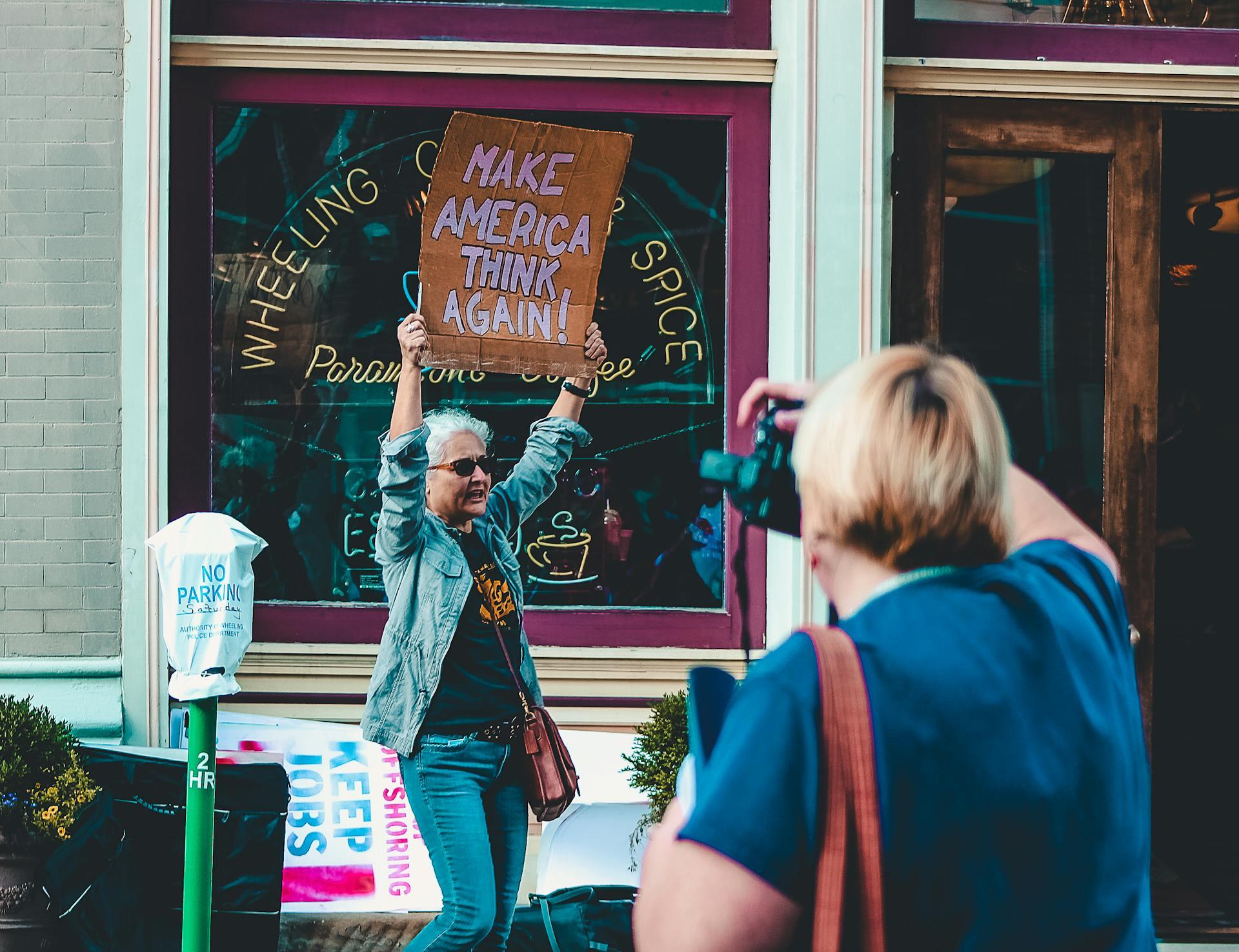
Governments are supposed to help their people collaborate and coordinate while providing protection from other people as well as from things like natural disasters, disease, and unfavorable living conditions. Governments establish rules for their societies and execute actions that are all supposed to be beneficial to its people.
Due to the inherent complexity that comes with having many people involved, it’s very difficult for governments to organize and act in ways that suit everyone.
There are many types of governments that have been tried and are in use all over the world as people try to create the best form of government within their countries. Unfortunately, not every leader wants to create the best government for the citizens, and instead wants to create the best government for themselves and their cronies.
No. The US does not have a Parliament; instead, it has a Congress. The US can be classified in a few ways depending on which definitions of the different government systems you use. One way to classify the US is as a Constitutional Presidential Federal Republic. Other popular ways to describe the US is a Democratic Constitutional Republic or a Representative Republic.
Some of the main forms of government systems are:
- Democracies - when state power is vested in the people and leaders are chosen via open elections
- Census democracy
- Liberal democracy
- Representative democracy
- Social democracy
- Oligarchy - when only a small number of people have power
- Aristocracy
- Meritocracy
- Theocracy
- Autocracy - when the ruler (one person or small group) is a dictator
- Monarchy - when the rulers are from a dynasty or royal family
- Republic - the issues of the country are public knowledge, not only taken care of by the government; typically features elections where the people have a lot of control over the government
- Representative democracy (aka democratic republic)
- Constitutional republic
- Federal republic
- Parliamentary republic
- Presidential republic
- People’s republic
Many countries use a mixture of different types of government, so it’s impossible to classify all the world’s governments into neat categories. Most types of government have some kind of voting system in place, but the more authoritarian types may not.
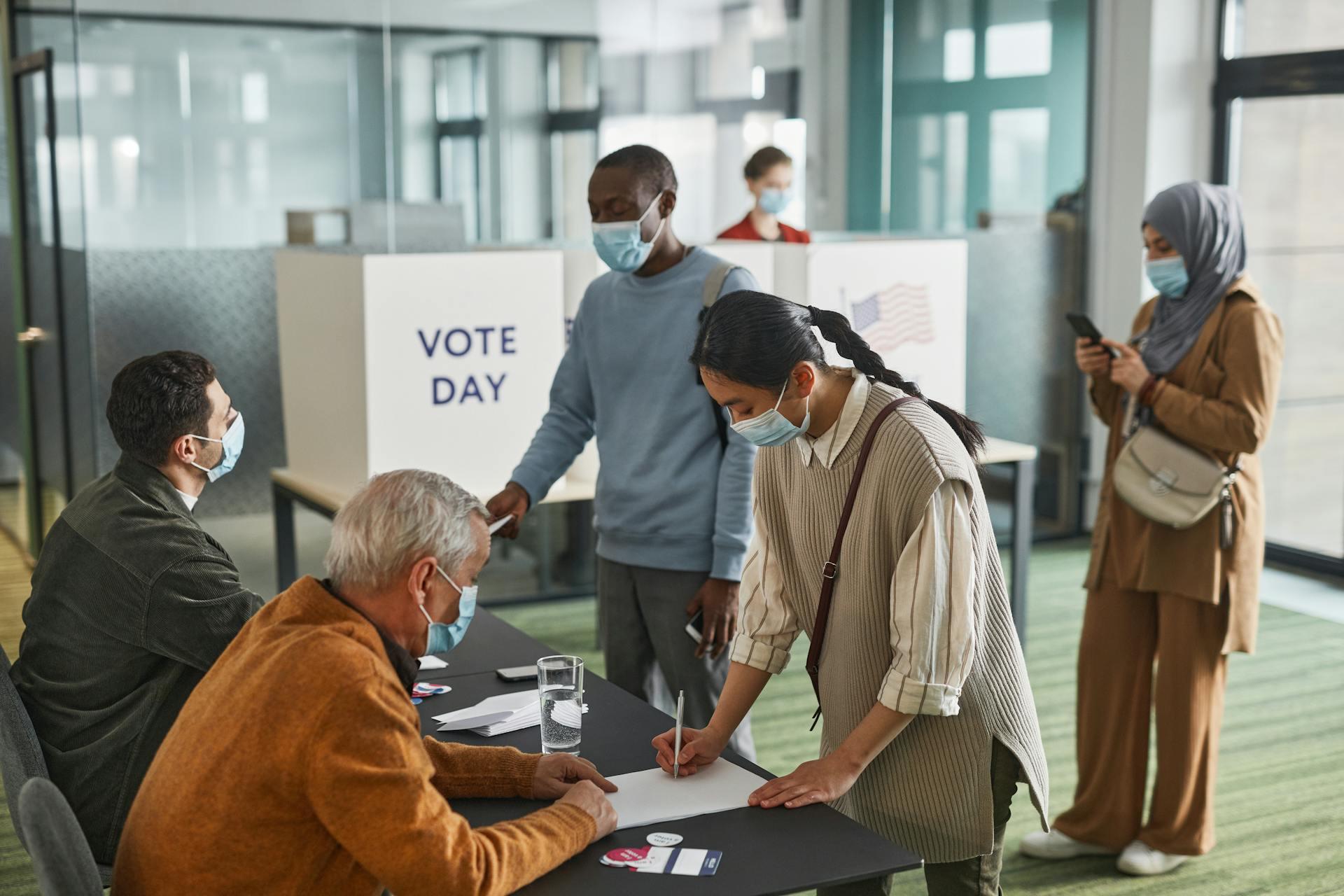
How Political Parties Influence the Government
Political parties play a crucial role in the U.S. government by organizing elections, shaping public policy, and uniting voters around shared ideologies.
The US's two-party system affects government operations at all levels. While third parties may have a chance at winning seats in local elections, the chances of a third-party candidate winning a state or federal seat are effectively zero.
Political parties help the government function by performing the roles mentioned previously in this article.
Since the big two parties are the most well-funded and well-established, with the biggest membership numbers and a firm grasp on essentially all aspects of government, we operate on the knowledge that they will always be the only two contenders in government matters as things stand currently.
Essentially, all our governance falls to these types of political parties in US: Republican or Democrat. There is no third direction (or fourth direction, etc) for our policies to go.
Because the parties are almost diametrically opposed, they also contribute to division, polarization, and hostility among the citizens of the US. Plus, many Americans are dissatisfied with both parties, leading to more frustration as third parties are perpetually sidelined. The winner-takes-all election systems mean that many people’s opinions are disregarded on a broad scale. And lastly, without other parties to force collaboration and give inputs from different perspectives, policies are often not innovative or effective.
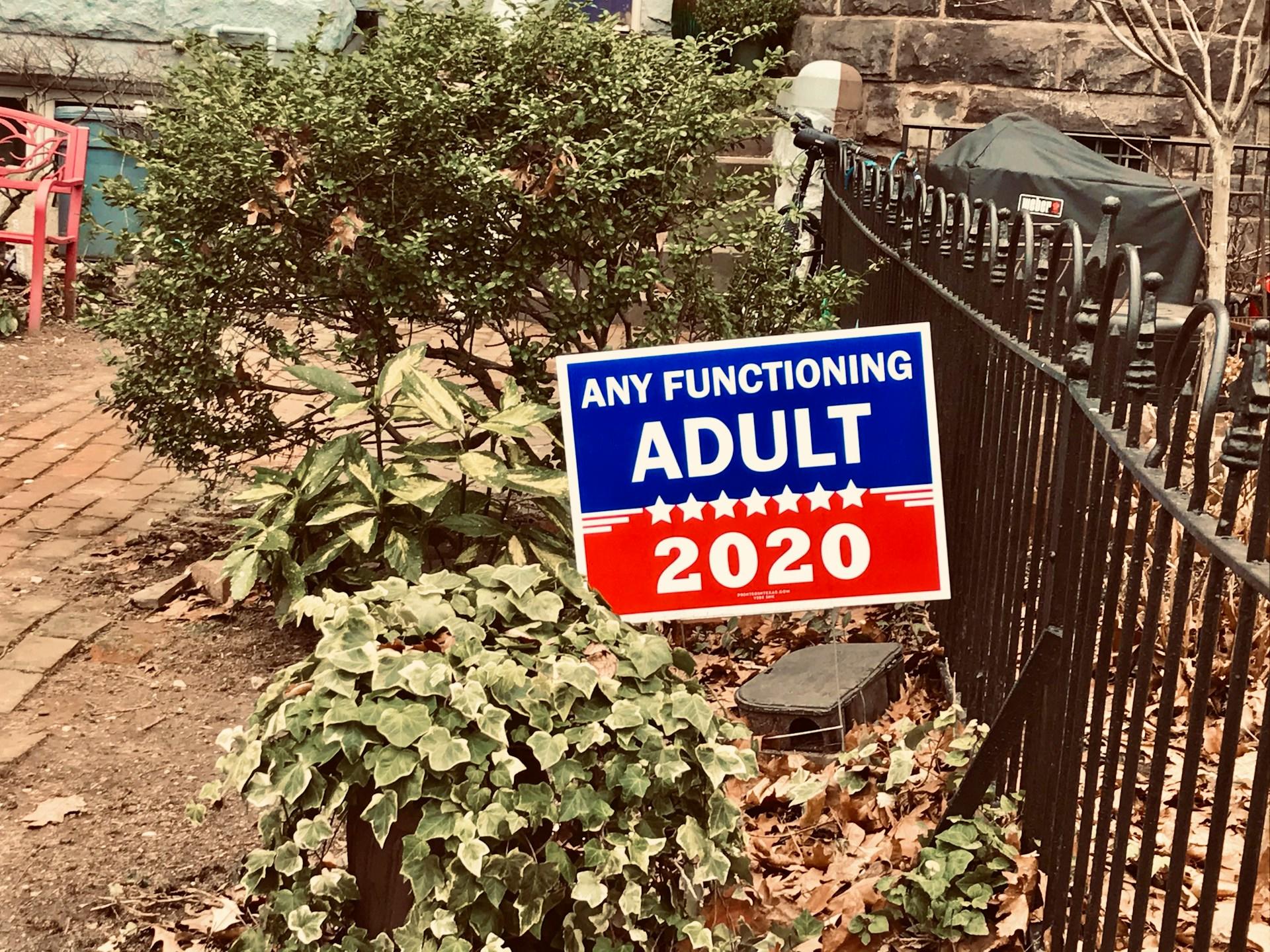
The benefits of a two-party system, however, include a simplified ballot for voters and simplified governmental administrative proceedings since there are fewer parties to coordinate. In theory, there are other benefits like political stability, efficient governance, and moderate policies that benefit the majority of voters.
Many Americans support the idea of having more than two parties to choose from in elections. The only way we can find out if it’s a viable and sound choice is to try it out! So, until then, we must function within our existing political system.
References
- AZPBS Now. (2024). How Does a Two-Party System Work? | Voter Ed. In YouTube. YouTube. https://youtu.be/rtkm2VBEl5c?si=6KZzidOhbOqATSdn
- Borelli, G. (2023). Support for more political parties in the U.S. is higher among adults under age 50. In Pew Research Center. https://www.pewresearch.org/short-reads/2023/10/19/support-for-more-political-parties-in-the-u-s-is-higher-among-adults-under-age-50/
- Contributors to Wikimedia projects. (2024). List of political parties in the United States. In Wikipedia. Wikimedia Foundation. https://en.wikipedia.org/wiki/List_of_political_parties_in_the_United_States#
- CrashCourse. (2015). Political Parties: Crash Course Government and Politics #40. In YouTube. YouTube. https://youtu.be/VEmOUHxessE?si=3tVydrlIdTv8qQYL
- Du, T. (2023). Mapped: The World’s Legal Government Systems. In Visual Capitalist. Visual Capitalist. https://www.visualcapitalist.com/cp/mapped-worlds-government-systems/
- enkingm. (n.d.). How the two major U.S. political parties formed. In PBS. https://www.pbs.org/wnet/preserving-democracy/video/how-the-two-major-u-s-political-parties-formed/
- Is the United States a democracy or a republic? (n.d.). In RepresentUs. https://act.represent.us/sign/democracy-republic
- Minn, K. (2024). The Role of U.S. Political Parties. In Plural Policy. https://pluralpolicy.com/blog/us-political-parties/
- (N.d.). olemiss.edu. https://olemiss.edu/courses/pol628/guntherdiamond03.pdf
- The Executive Branch. (n.d.). In The White House. https://www.whitehouse.gov/about-the-white-house/our-government/the-executive-branch/
- The Great Switch: How Republicans and Democrats Flipped Ideologies. (n.d.). In www.studentsofhistory.com. https://www.studentsofhistory.com/ideologies-flip-Democratic-Republican-parties
- Types of Government [ushistory.org]. (n.d.). In www.ushistory.org. https://www.ushistory.org/gov/1a.asp
- Vox. (2018). The roots of America’s democracy problem. In YouTube. YouTube. https://youtu.be/0ySL82WbcvU?si=1CLirnBfHW9KzhhV
- Vox. (2024). Why US elections only give you two choices. In YouTube. YouTube. https://youtu.be/bqWwV3xk9Qk?si=6Advx23Rq1OnscA-

